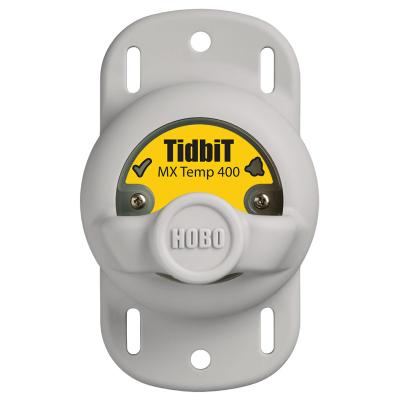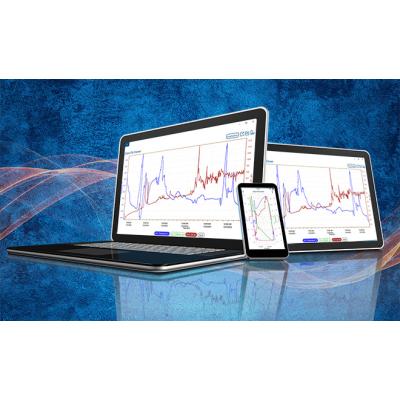
Problem
The fishing industry – both commercial and recreational – is vital to the state of Oregon. So when a new region in one of Oregon’s national forests was approved for limited timber harvest, logging companies had to agree to fund continuous monitoring of local streams in order to ensure that water temperatures stay within an acceptable range to sustain healthy trout and salmon habitat. A fisheries biologist was tasked with assessing average local stream temperatures and temperature variability as part of the monitoring requirements. He also had to determine the stream’s response to weather events and assess the effectiveness of mitigation efforts, such as replanting trees along stream banks for shading. Given the scope of the project, the biologist reached out to Onset for assistance and recommendations.
Solution
After considering the various options, Onset and the customer determined that HOBO MX2203 TidbiT temperature loggers would be the ideal solution, due to their compact size, economical price, and accuracy. The rugged Bluetooth-enabled MX2203 loggers not only provide the required 0.2C accuracy that the permit required, but also are small enough to mount in inexpensive PVC housings. And with the benefit of Bluetooth communication, users just need to remove the logger from the water to quickly and wirelessly offload data straight to a mobile device using the free HOBOconnect app. Once offloaded, the data can be automatically uploaded to the internet, or exported for use in a user database. The MX2203 TidbiT loggers also include a “water-detection” feature, which makes it easy to distinguish water temperature data from air temperature data when a stream bed runs dry.
Results
Since deploying the HOBO MX2203 loggers, the biologist and his team have captured two seasons of water temperature data in the streams in the forested area. So far, temperatures have stayed within the required limits, although moderate temperature increases have been seen at some locations. Consequently, the lumber company is now harvesting fewer trees along the stream banks to maintain the cooling shade that the trees provide, which is critical to maintaining the proper temperatures for local trout and salmon habitats.
In addition, while the team has been enjoying the efficiency and convenience of the MX2203’s Bluetooth capability, the water-detection feature has also proven its worth. The first summer that the loggers were deployed was exceptionally hot, resulting in such low stream levels that the loggers were out of the water for several days. Fortunately, because of the water-detection feature, the data recorded during that period was clearly tagged as air temperature data, so the team was able to determine when water levels in the stream fell below where the loggers were deployed.
Useful References
Monitoring Stream Temperatures – A Guide for Non-Specialists
https://pubs.usgs.gov/tm/03/a25/tm3a25.pdf
A Simple Protocol for Using Underwater Epoxy to Install Annual
Temperature Monitoring Sites in Rivers and Streams
https://www.fs.fed.us/rm/pubs/rmrs_gtr314.pdf
(Note: HOBO MX2203 TidbiT loggers are slightly larger than the HOBO
UTBI TidbiT loggers described in this guide, therefore 2” PVC caps and
bushings are recommended for MX2203 loggers)
Products Used
HOBO TidbiT MX Temperature 400' Data Logger
HOBOconnect Monitoring App
|
To wirelessly offload temp/RH data from HOBO MX1101 data loggers |

